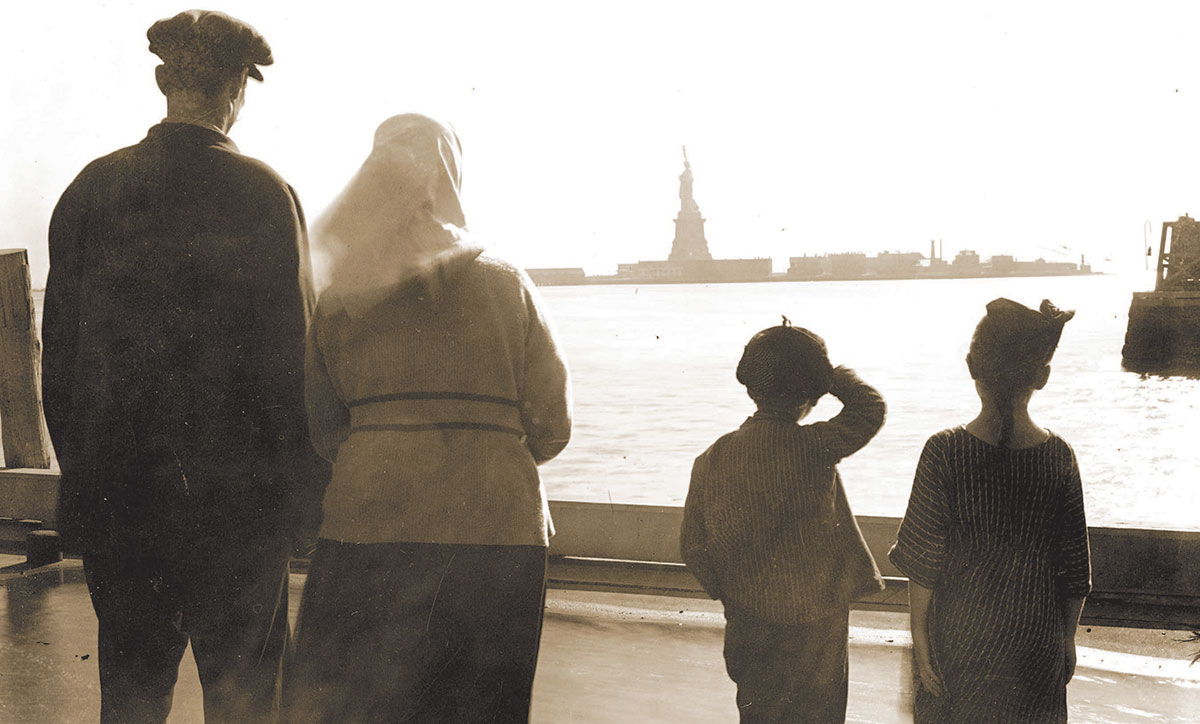
 Catholic Immigration: A Look Back
Catholic Immigration: A Look BackCatholics have been a minority presence in America, a Protestant-dominated country, since the colonial era. In the late 19th and early 20th centuries, a huge influx of immigrants began altering the religious map of the country. By the early 1920s, when the U.S. bishops began publishing dual-language civics catechisms, there were nearly 20 million Catholics in the country, many of them immigrants whose first language was not English. Of the 47 million immigrants in the United States today, a large number are Catholic, often coming from Spanish-speaking nations. They share with their European Catholic predecessors of a century ago an eagerness to prove their fitness for American citizenship. Immigrants have always faced significant barriers to full inclusion in American life, though there have always been Catholic institutions eager to assist these newcomers.
The Civics Catechism on the Rights and Duties of American Citizens was published by the National Catholic Welfare Conference in several languages including Portuguese, German, Italian, Arabic, and (as pictured here) Polish. The catechisms run about 90 pages each, and cover topics as basic as the origin of the term, America; the national tax system; and the function of the House of Representatives. The catechisms were distributed to Catholic ethnic organizations — the one pictured here was the property of the Polish Roman Catholic Union — and used to teach immigrants the basics of American citizenship and English at the same time.
Complementing several rich collections related to the history of immigration to the U.S., the University Archives holds copies of the catechisms in multiple languages in its records of the National Catholic Welfare Conference, since renamed the U.S. Conference of Catholic Bishops.
— Maria Mazzenga, Ph.D. 2000, is curator at the American Catholic History Research Center and University Archives. She is an immigration historian.
